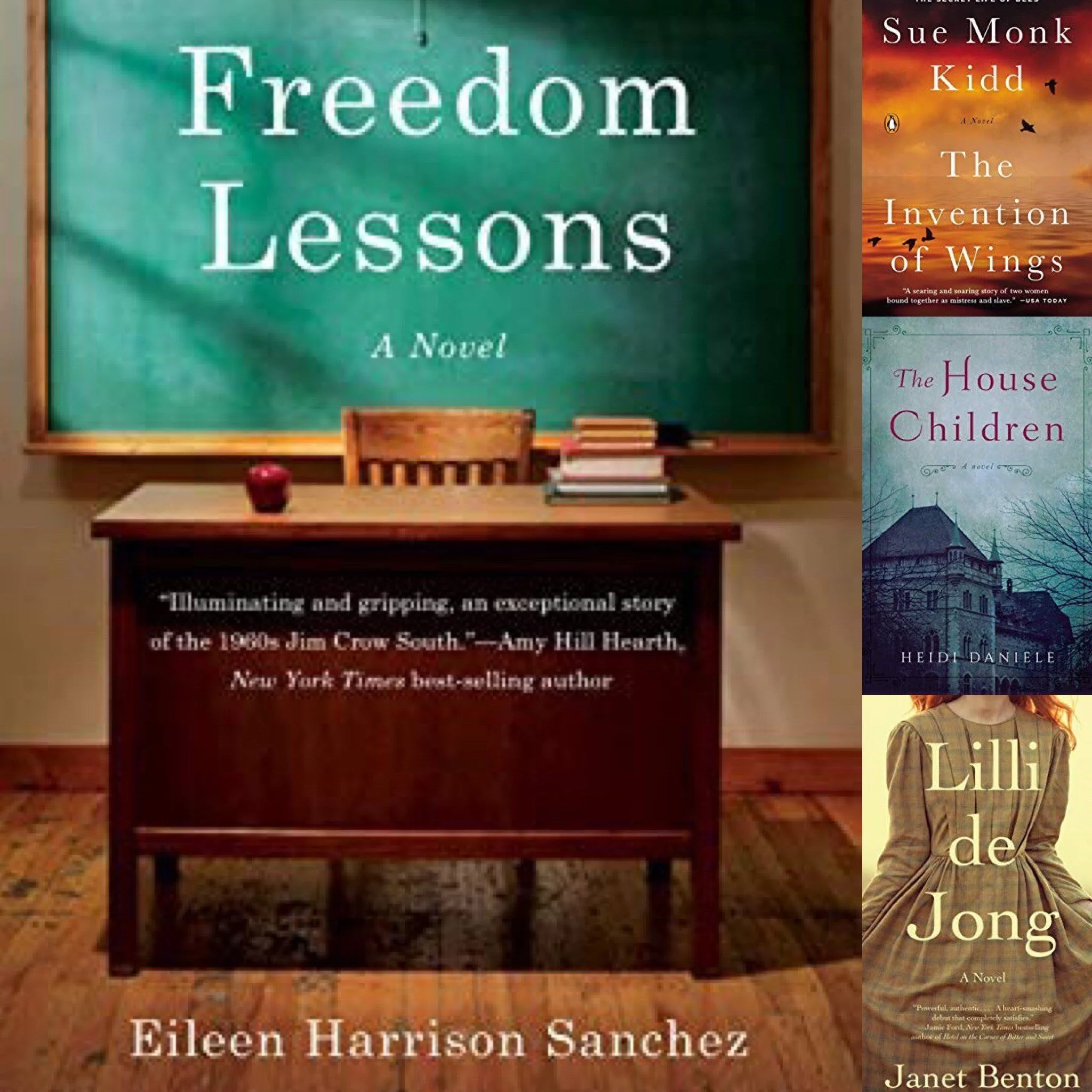The Story Behind the Story
/This first appeared on Cathy Zane’s Blog as a guest author and fellow @shewritespress sister Eileen Sanchez - Author Page writes about how real life experiences often "seed" fictional stories. http://bit.ly/2XiUs6S
The Story Behind the Story by Eileen Harrison Sanchez
Nearly seven years ago I began to seriously write a novel. It started as a writing critique on an ordinary Monday morning. The multi-genre group had copies of my eight-page attempt at memoir. My essay told the story of the 1969 November day I moved into a trailer classroom on the back lawn of the white elementary school with my second grade class of thirty black students. The segregated black school I taught in had been suddenly closed at the end of the previous day. Why? The Civil Rights Law of 1964 mandated the integration of the public schools in the small rural Louisiana town I worked in. School boards had to comply or lose federal funds.
My essay was ready for critique from the group. After I finished reading, I looked up to see shocked faces and to hear surprised reactions from this group of white writers in a suburban NJ town. I was hoping to learn how to write a memoir. I was not prepared for the instructor, herself a published author, to say, “I think you have a novel.” This novel took five years of research; critique writing workshops, numerous edits, rewrites and revisions. During this time I gained confidence in my voice and my story. I became my own agent and found a publisher for a self-imposed deadline of 2019, which is the 50th anniversary year of the events that I have fictionalized in Freedom Lessons (She Writes Press).
Always an avid reader, becoming a writer made me more interested in the writing and the “seed” of the stories I read. Here are some of my favorites.
In 1999, author Heidi Daniele attended an event for a family friend in Ballinasloe, Ireland. Others at the event were discussing industrial schools, not knowing what they were, Heidi asked and discovered that they were similar to orphanages. The children that lived in these schools were placed, sometimes “sentenced” by judges. The schools were run by religious orders in separate facilities for boys and girls. Many of the children were illegitimate and all lived a harsh life of unpaid labor. The first line of this emotional story is "My birth was a sin and a crime." Heidi’s years of research led to locating women who lived in the industrial schools as children. She fictionalized the women’s stories into one story of Mary Margaret Joyce. Read The House Children, “An unassuming but riveting tale of the hardships and ultimate rewards of family.” (Kirkus Reviews)
Janet Benton’s Lilli de Jong “began in the long days and nights of nursing and nurturing my baby. As I held her in my arms…a voice came now and then…the voice of an unwed mother from long ago.” After setting her own child down to sleep, Benton jotted the beginnings of her novel as she imagined this woman under the challenging circumstances of being pregnant and abandoned in late nineteenth-century Philadelphia. The character of Lilli emerged as an unwed mother, supporting herself and her child as a wet nurse. As a Quaker she would have been well educated and outspoken in the era of the legendary reformers of Lucretia Mott and Susan B. Anthony. Ms. Benton’s extensive research brings the reader to recognizable Philadelphia landmarks as well as the importance of wet nurses and a story of women’s strength.
The genesis of The Invention of Wings, by Sue Kidd Monk, was from a visit to the Brooklyn Museum. She went to see Judy Chicago’s The Dinner Party; a monumental piece of art celebrating women’s achievements. Thirty-nine place settings at a banquet table honor thirty-nine female guests and another 999 women’s names are inscribed upon a porcelain tiled floor. As Sue Kidd Monk read the names of the women, Sarah and Angelina Grimke stood out. They were sisters from Charleston, South Carolina. It was the same city in which she lived at the time. Her next novel, not started, was a vague notion of a story of two sisters. As she researched the Grimke sisters she “became passionately certain” that she had found the sisters she was to write about. She was most discouraged about her ignorance of these first female abolition leaders and major American feminist thinkers. The Invention of Wings follows thirty-five years of a complex relationship between Sarah and her ownership of Handful, as both women strive for lives of their own.
Eileen Harrison Sanchez is now retired after a forty-year career in education. She started as a teacher and ended as a district administrator. A reader, a writer, and a perennial―a person with a no-age mindset―Sanchez considers family and friends to be the most important parts of her life, followed by traveling and bird watching from her gazebo. Freedom Lessons is her first published novel, available November 12, 2019. She blogs as Gram’s Book Club with recommendations for young readers and as A Perennial Writer’s Thoughts. Connect with her at www.eileensanchez.com, and eileenwrites@comcast.net






